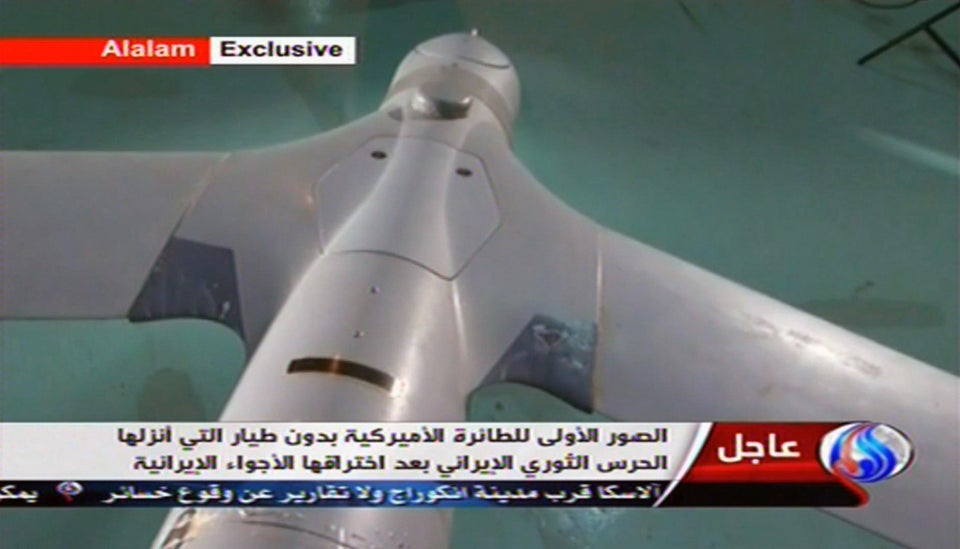
By Yeganeh Torbati
DUBAI, March 3 (Reuters) - Iran is building about 3,000 advanced uranium-enrichment centrifuges, Iranian media reported on Sunday, in a development likely to add to Western concerns about the Islamic state's disputed nuclear programme.
Iran said earlier this year that it would install the new-generation centrifuges at its Natanz uranium enrichment plant in central Iran, but Sunday's reports in Iranian agencies appeared to be the first time a specific figure had been given.
The announcement, which comes after talks between Iran and world powers in Kazakhstan about its nuclear work ended with an agreement to meet again, underlines Iran's continued refusal to bow to Western pressure to curb its nuclear programme.
The International Atomic Energy Agency said in February 180 so-called IR-2m centrifuges and empty centrifuge casings had been put in place at the facility near the town of Natanz in central Iran. They were not yet operating.
Iranian media on Sunday paraphrased Fereydoun Abbasi-Davani, the head of Iran's Atomic Energy Organisation, as saying Iran was producing 3,000 new-generation centrifuges.
"The final production line of these centrifuges has reached an end and soon the early generations of these centrifuges with low efficiency will be set aside," Abbasi-Davani said in statements in the Iranian city of Isfahan on Sunday, according to the Fars news agency.
An IAEA note informing member states in January about Iran's plans implied Iran could install up to 3,000 or so of the new centrifuges. Natanz is designed for tens of thousands of the machines.
If launched successfully, such machines could enable Iran to speed up significantly its accumulation of material that the West fears could be used in a nuclear weapon. Iran says it is refining uranium only for peaceful purposes.
Iran has for years been trying to develop centrifuges more efficient than the erratic 1970s IR-1 model it now uses, but their introduction for full-scale production has been dogged by delays and technical hurdles, experts and diplomats say.
BUSHEHR
In his statements on Sunday Abbasi-Davani also addressed problems at the nuclear power plant near the Gulf city of Bushehr. The plant is not considered a major weapons proliferation risk but recent shutdowns there have raised concerns about its safety.
In its latest report on Iran, the IAEA said it had visited the Bushehr plant in mid-February and that Iran then told it the reactor was shut down. No reason was given.
The plant had previously been shut down in October 2012 and fuel had to be unloaded. A Russian nuclear industry source told Reuters in November the shutdown was due to the discovery of stray bolts beneath the fuel cells.
The 1,000-megawatt plant was originally started in 1975 by German company Siemens, and Russian engineers took over the project in the 1990s.
"In the last year and a half it (the Bushehr plant) has faced problems because of old equipment and hybrid technology from Russia and Germany," Abbasi-Davani was quoted as saying by Fars.
"In the last year we have had no problem in the nuclear portion of the reactors and the outages have been linked to the generators, because of problems in their Russian design and resulting energy leakage."
Iran has repeatedly said the delays at Bushehr were in part due to the need to ensure safety. (Additional reporting by Fredrik Dahl in Vienna; editing by Philippa Fletcher)

